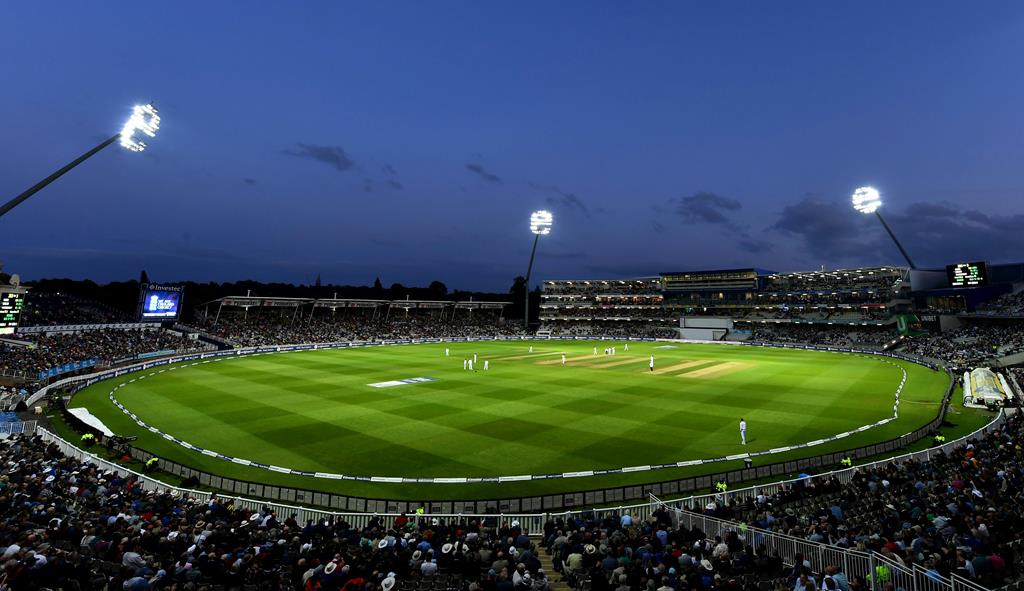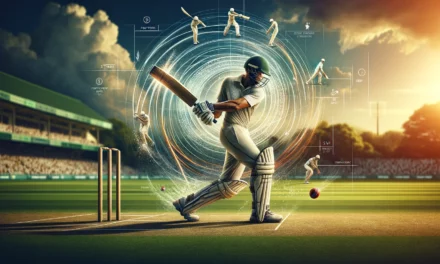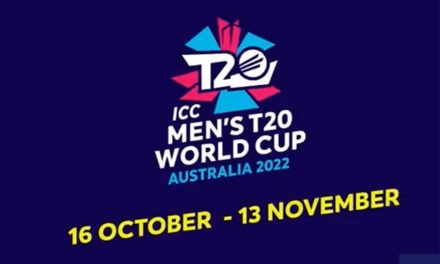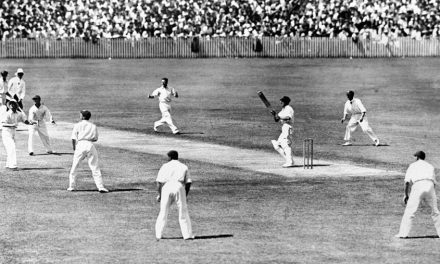Cricket is a sport that has been enjoyed for centuries, played by millions of people worldwide. It is a game of strategy, skill, and endurance, requiring mental and physical agility from its players. For people who are new to the sport, it can sometimes seem complicated and overwhelming, but fear not!
This beginner’s guide aims to provide you with the basics of cricket, from rules and equipment to gameplay, so that you can understand and enjoy the exciting sport. Whether you’re a curious onlooker or a potential player, this guide will give you a stepping stone to understanding and participating in cricket.
Rules of Cricket
Now, there are several different versions of cricket, so the rules can differ slightly depending on which format you are watching or playing. But, they do share some common rules and regulations, some complex and nuanced. Here are some of the key rules of the game:
- The game’s objective is where two teams of eleven players compete to score more runs than the other.
- The pitch: The playing surface is an oval-shaped field with a rectangular area called the pitch in the middle of it.
- Batsmen and bowlers: The batting team has two players on the pitch at a time, while the fielding team has 11 players. The bowler bowls the ball, and the batsman hits it to score runs.
- Runs: There are different ways of scoring runs in cricket. A player can score runs by hitting the ball and running between the wickets. They can also score runs by hitting the ball to the boundary line. If the ball bounces before reaching the boundary line, it counts for four runs. If it goes over the boundary on the full, it counts for six runs.
- Wickets: The fielding team aims to get the batsman out by hitting the wickets with the ball. Three stumps make up the wickets, and two balls sit on them.
- Bowlers: The bowler can be overarm or underarm, but most bowlers in modern cricket bowl overarm. The bowler’s job is to deliver the ball to the batsman and try to get them out.
- Fielding: The fielding team has 11 players on the field, and their job is to stop the ball and prevent the batman from scoring runs. They can do this by catching the ball, running out the batsman, or stopping the ball from crossing the boundary.
- Umpires: Two umpires on the field enforce the game’s rules. They decide when a player is out, whether a ball is a no-ball or a wide, and whether a player is run out.
- Overs: A match can be decided by either a limited number of overs or a set number of innings. In one-day cricket, each team gets to bat and bowl for 50 overs. In test cricket, each team gets two innings, and the match can last for up to five days.
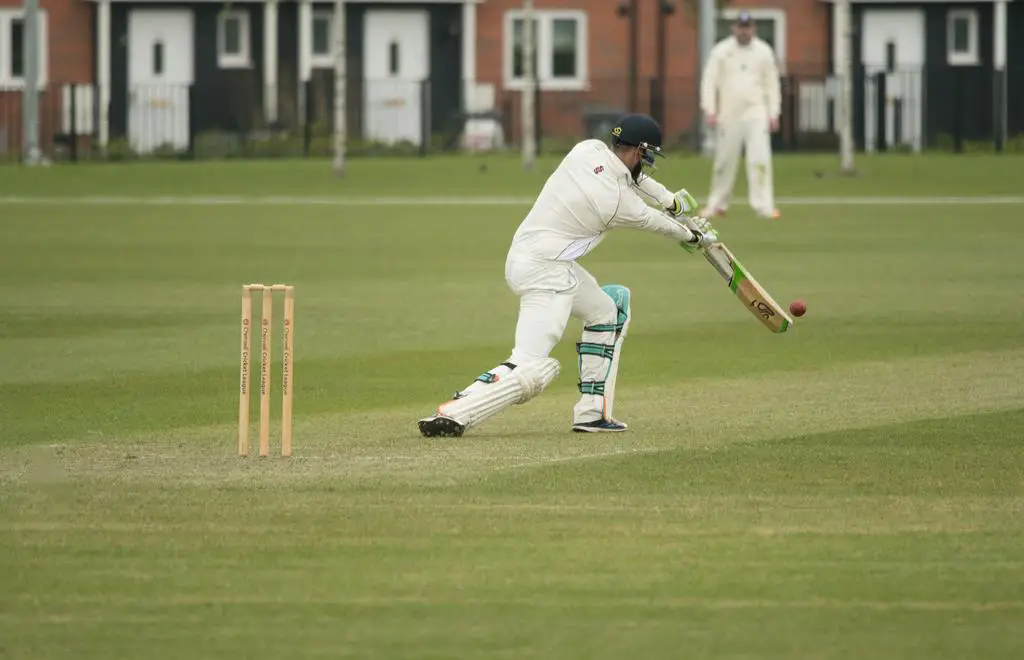
Gameplay
Gameplay in a cricket game refers to the various aspects of the sport that are recreated in the video game format. The gameplay involves two major components: batting and bowling. The game starts with a coin toss between the two captains to determine which team will bat first. The team that wins the toss chooses whether to bat or bowl first. The team that bats first sets a target for the opposing team to chase, while the team that bowls first tries to take as many wickets as possible and restrict the batting team’s score.
- Batting: The batting team aims to score as many runs as possible. Two batsmen from the team take turns to bat and protect the wicket, which is a set of three stumps and two bails placed at either end of the pitch. The bowler from the opposing team delivers the ball to the batsman, and the batsman tries to hit the ball to score runs. The batsman scores run by running between the wickets after hitting the ball or by hitting the ball to the boundary line, which is the outer edge of the ground.
- Bowling: The bowling team aims to take wickets (dismissals of batsmen) and restrict the batting team’s score. The bowler delivers the ball overarm to the batsman, aiming to get the ball through the batsman’s defences and hit the wicket. The fielding team is positioned around the ground to catch the ball if the batsman hits it in the air or prevents it from crossing the boundary line.
The game continues in a series of overs, which are sets of six deliveries by each bowler. Once all the overs are completed, the teams switch roles, and the fielding team takes a turn to bat while the batting team takes over the fielding duties. A game can last anywhere from a few hours to several days, depending on the format of the game. The different formats of cricket include Test cricket, One-Day International (ODI), and T20 cricket.
In conclusion, the gameplay of cricket involves batting, bowling, and fielding, with each team trying to outscore the other by hitting the ball as far as possible or taking wickets. The game is played in several formats and lasts from a few hours to several days.
Equipment
Bats
The bat is a specially designed piece of cricket equipment used in the game of cricket to strike the ball. It is a flat, oval-shaped wooden structure with a long handle protruding from one end, designed to give the player a secure grip. The blade of the bat, made from a high-quality wood called willow, is flat on the front side and curved on the back. The size and weight of the bat usually range between 1.1 to 1.4 kg in weight and 82 to 96 cm in length.
For younger players, smaller-sized bats are also available. The sweet spot is where, when the ball is struck with the bat, a maximum amount of energy is transferred into it, thereby giving it a long distance. The sweet spot is located in the centre of the bat’s blade, so the blade is usually thicker in the middle. The bat handle is made from cane, rubber, or cork and is covered with a rubber grip to ensure a firm grip.
Balls
A cricket ball is a hard, cork ball covered with leather used in the game. It is designed to bounce and swing in the air, making it challenging for the batsman to hit accurately. The ball comprises a cork core, around which tightly wound string is wrapped, then layered with a leather outer covering. The cork core provides the ball with its weight, while the tightly wound string provides the ball with its shape and resilience.
The leather covering on the ball is typically red or white and has six rows of stitches, forming a seam that gives it its unique movement in the air. The ball is round and hard, with a significant segment of the ball being visible to the batsman while it is in flight. Because the ball is an essential part of the game of cricket, there are strict regulations for its size and weight.
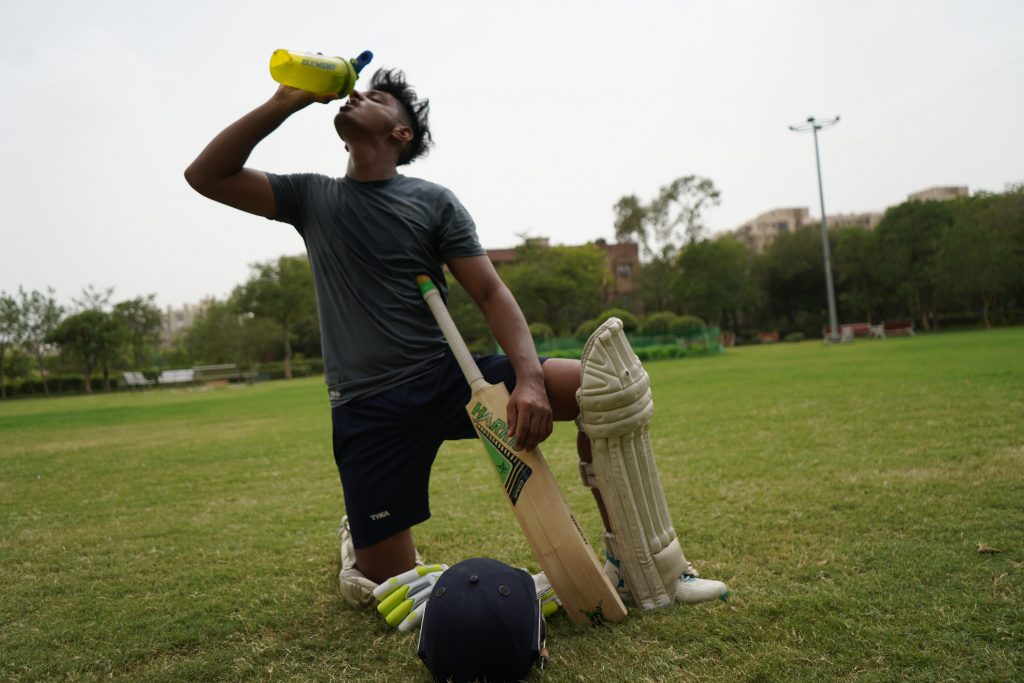
Protective equipment
A cricket helmet is a protective headgear worn by cricketers to protect their heads from the impact of a fast-flying cricket ball. It consists of a hard outer shell made of impact-resistant materials such as ABS plastic, fibre-reinforced composites, and carbon fibre. The helmet has a reinforced steel or titanium grille to protect the face and eyes from getting hit by the cricket ball. The helmet has padding inside made of foam or gel that offers cushioning to the head on impact. The padding also helps to absorb sweat and moisture, keeping the player’s head dry and comfortable during long matches or practice sessions.
Most helmets have adjustable straps that can be tightened or loosened to fit the player’s head snugly. Cricket helmets are compulsory in most forms of cricket, especially in professional cricket, where the ball is often bowled at high speeds. Using helmets in cricket has dramatically reduced the number of head injuries sustained by cricketers worldwide. The helmet is an essential component of a cricketer’s protective gear and helps players stay safe while batting, wicketkeeping, or fielding. Choosing a helmet that fits well and meets the required safety standards is crucial to ensure maximum protection.
Cricket pads are one of the essential protective equipment worn by cricket players. They are made up of foam padding and covered in leather or synthetic materials that protect the legs of the player from injury caused by cricket balls, which can travel at high speeds of up to 90 mph. The main purpose of cricket pads is to protect the player’s leg from the ball. They mainly consist of the pad, shin guard, and knee roll.
The pad covers the front, outside, and bottom of the leg from the ankle to the knee, while the shin guard is on the inside of the leg and protects the shinbone from the ball. The knee roll covers the back and top of the knee to provide extra protection. The pad features multiple leather or synthetic straps that wrap around the leg and secure the pad in place. These straps can be adjusted for each player’s snug and comfortable fit. Cricket pads come in various sizes, including junior, youth, and senior, to cater to different ages.
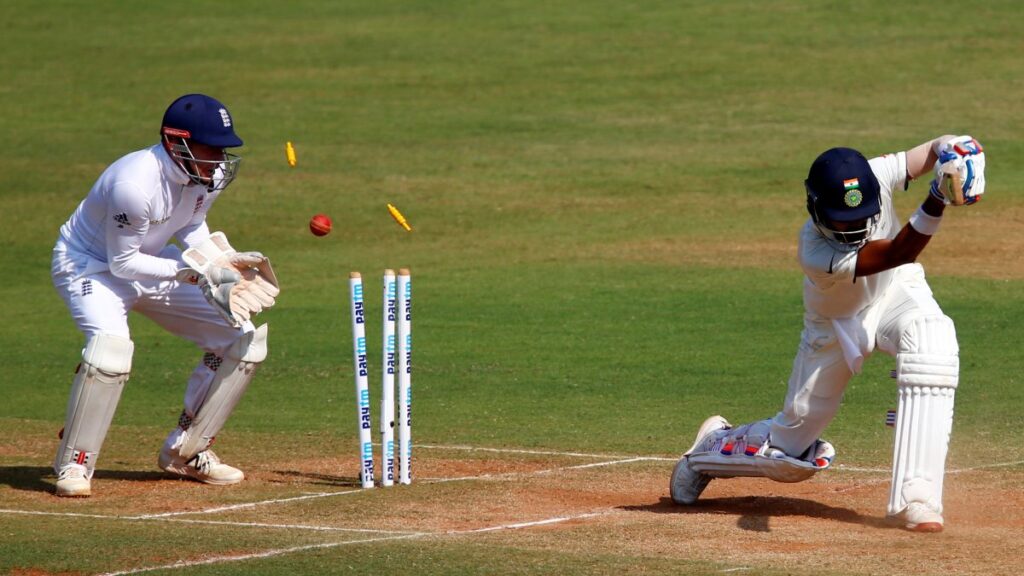
Stumps and bails
Cricket stumps are one of the essential components of a cricket field. They are placed at the opposite ends of the cricket pitch and consist of three upright wooden posts, known as stumps. Two bails, also made of wood, sit on top of the three stumps and balance on grooves cut into the top of each stump. Stumps are usually made of high-quality wood like ash or bamboo. The top part of each stump is tapered to a point, which helps them to easily dig into the ground.
The stumps are usually 28 inches tall and are placed at a distance of 22 yards or 20.12 meters apart at the centre of the pitch. Stumps are used to signify the presence of the wicket, which is an essential part of cricket. The bowler’s objective is to bowl the ball so that it hits the stumps, thereby dislodging the bails and dismissing the batsman. When all three stumps are knocked over, it suggests that the batsman is out either bowled or is hit wicket. Cricket stumps are the symbol of the games.
Cricket bails are small wooden or plastic blocks placed on top of the stumps in a cricket match. The purpose of bails is to determine whether a batsman is out when the ball hits the stumps. In a cricket match, two sets of stumps are placed 22 yards from each other. The stumps consist of three vertical wooden poles with two bails on top. Small grooves hold The bails in place, making them easy to knock off. When a bowler delivers a ball and hits a bail on top of the stumps, it signifies that a wicket has been taken, and the batsman is out.
The fielding side celebrates, and the dismissed batsman has to leave the playing field. Bails are also used to signify that the stumps are still intact. Sometimes, when a ball hits the stumps, the bails may not fall off. This suggests that although the ball hit the stumps, the wicket was not taken since the bails were not dislodged.
Other misc.
An umpire’s chair is a seat located in an elevated position on the side of a cricket field or a tennis court for the umpire(s) to sit on while officiating the game. It provides the umpire(s) with a clear view of the entire playing area, allowing them to make accurate decisions and keep the game under control. In cricket, the umpire’s chair is usually at the end of the pitch and raised two to three meters above the playing field. The chair usually has a canopy to provide shade to the umpire and is equipped with a microphone and speakers to communicate with the players, scorer, and other umpires (s).
In tennis, the umpire’s chair is positioned behind the baseline at the centre of the court. It is raised about 2.5 meters above the court level and has a canopy to protect the umpire from the sun and rain. The chair also has a scoring device and a microphone to communicate with the players and spectators. The umpire’s chair plays a crucial role in the smooth running of a cricket or tennis game. It provides an elevated position where the umpire(s) can make informed decisions and control the game.
It also helps to increase decision-making accuracy, particularly in cricket, where the umpires must decide on a range of complex and rapidly changing situations. In conclusion, the umpire’s chair is an essential tool in cricket and tennis games, providing the umpires with an elevated.
A drinks cart is a mobile cart that carries water and other refreshments to the cricket ground during breaks or intervals. The cart is usually pushed around by a support staff member or a volunteer and is a common sight during cricket matches. During innings breaks, players are provided with water or energy drinks to stay hydrated and fuelled for the next innings. This is particularly important in cricket, as matches can last for several hours or even days, and players must maintain their energy levels to perform at their best.
The drinks cart usually carries water bottles, energy drinks, sports drinks, and other refreshments. It is generally adorned with the team’s logo or emblem, and the staff member or volunteer pushing the cart is often dressed in the team’s colours. In conclusion, the drinks cart is an essential part of any cricket match and is vital in keeping the players hydrated and energized throughout the match.
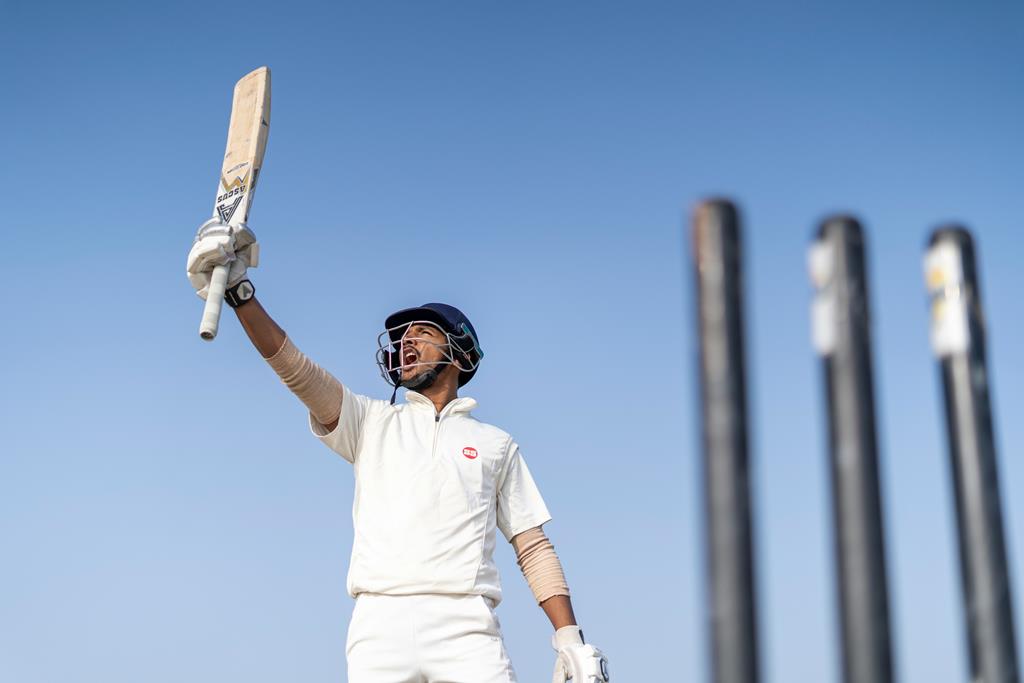
For even more cricket content, click right here.

